Breadth-First Search
Graphs
A graph is a data structure made up of nodes (also called vertices) and edges. It is used to model relationships and connections between different entities. Example - Maps and Navigation ( Cities as nodes, Roads as edges )
Breadth-First Search (BFS)
BFS is a graph traversal algorithm that answers two key questions:
-
Is there a path from Node A to Node B?
Imagine you are looking for a mango seller in your social network. BFS starts with your immediate friends and checks if any of them are mango sellers. If not, it adds their friends to the search list and continues.
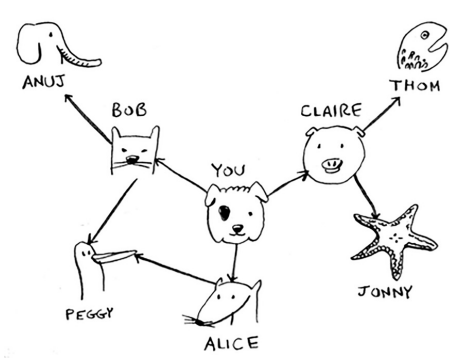

-
What is the shortest path from Node A to Node B?
BFS finds the shortest path in an unweighted graph, meaning it finds the closest mango seller with minimal steps.
Queues
A queue is like a line at a store. People (or items) join at the back and leave from the front.
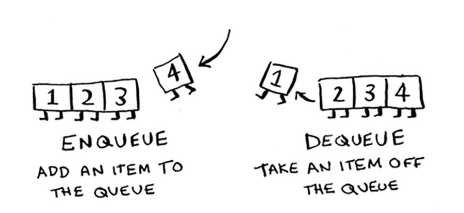
Implementing a Graph
A hash table (map) can be used to represent a graph, where each node maps to a list of its neighbors.
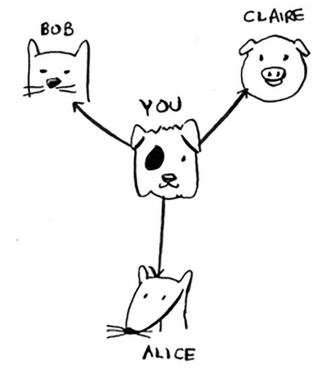

Map<String, List<String>> graph = new HashMap<>();
graph.put("you", Arrays.asList("alice", "bob", "claire"));
BFS Algorithm Implementation
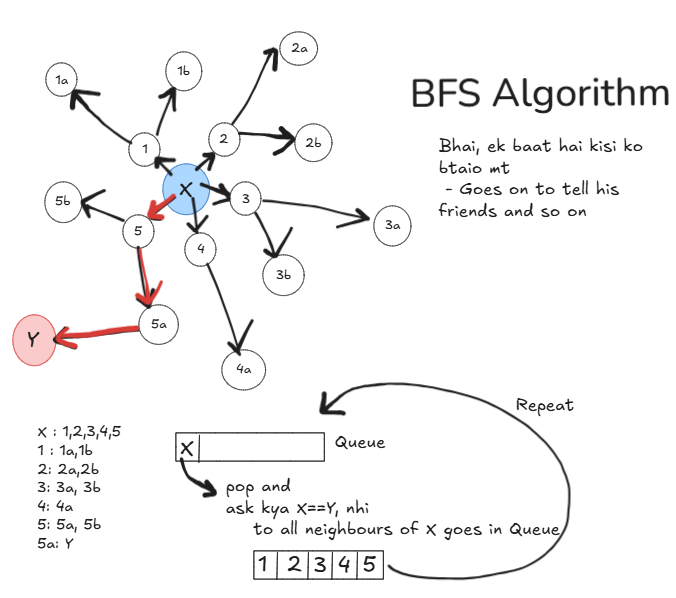
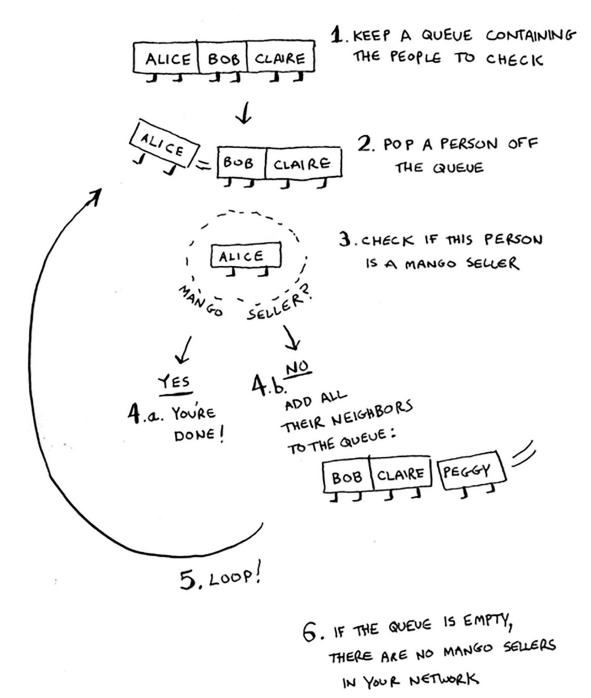
public static boolean isMangoSeller(Map<String, List<String>> graph, String startPerson) {
Queue<String> queue = new LinkedList<>();
Set<String> visited = new HashSet<>();
queue.add(startPerson);
while (!queue.isEmpty()) {
String person = queue.poll();
// Replace this condition with logic for mango seller
if (person.endsWith("mango")) {
System.out.println(person + " is a mango seller!");
return true;
}
// Mark the person as visited to avoid cycles
visited.add(person);
// Add unvisited neighbors to the queue
List<String> neighbors = graph.get(person);
for (String neighbor : neighbors) {
if (!visited.contains(neighbor)) {
queue.add(neighbor);
}
}
}
System.out.println("No mango seller found in the network.");
return false;
}
The running time of BFS depends on:
- Adding all vertices to the queue (V)
- Traversing all edges (E)
Time Complexity: O(V + E)
BFS is efficient for finding shortest paths and ensuring all nodes are visited in the least number of steps.